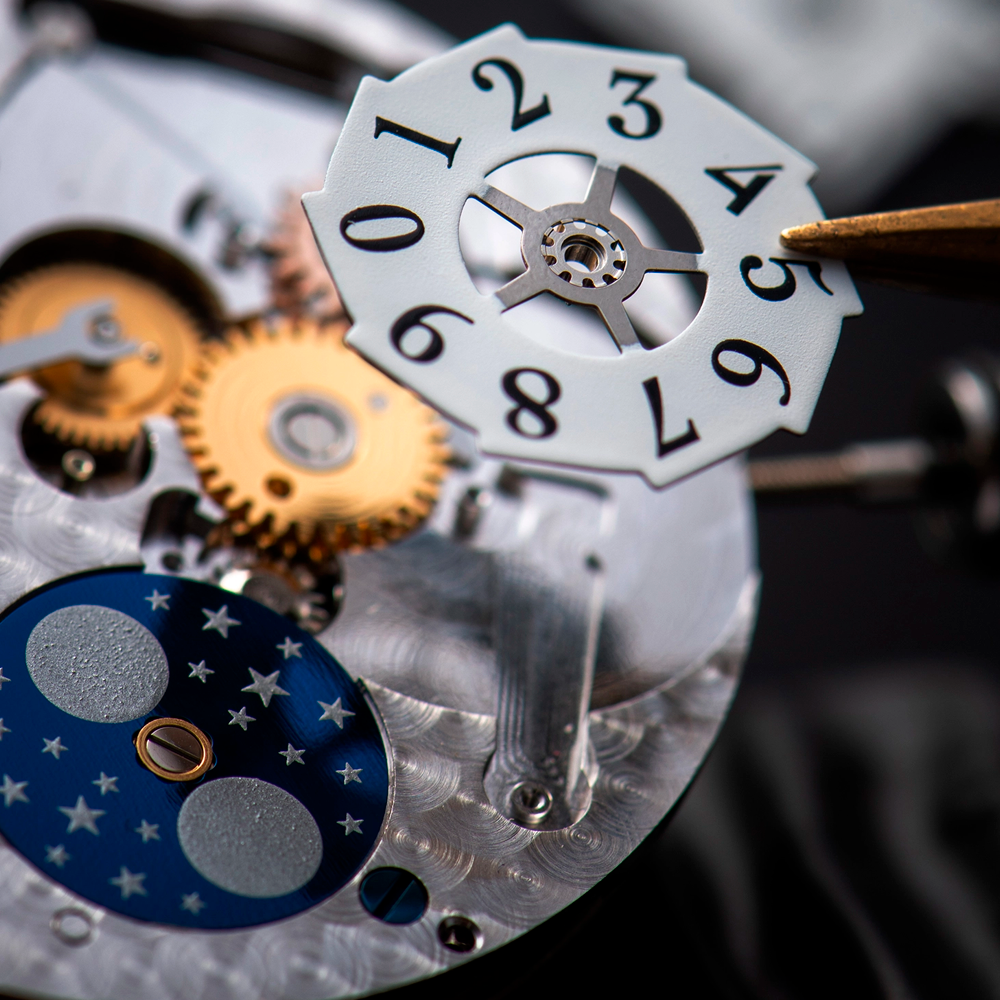Who hasn't been fascinated by the lunar cycle at some point? The new moon, the first quarter, the full moon, and the last quarter are four phases that repeat every 29.53 days.
In the world of horology, lunar phases have been used for centuries as a practical function. Navigators, for example, used them to orient themselves at sea.
However, nowadays, moon phases on watches are primarily a matter of aesthetics. They add a touch of elegance and sophistication to any look.
The lunar phases on clocks can serve a variety of purposes, both practical and aesthetic.
Practical uses
- Navigation: In ancient times, sailors used lunar phase clocks to orient themselves at sea. The moon was an important reference point for navigation, as its position could be used to determine latitude.
- Agriculture: Farmers also used lunar phase clocks to plan their harvests. The moon had a significant influence on the tides, rainfall, and weather, so its position could be used to predict the best times for planting and harvesting.
- Occultism: In occultism, lunar phases are used to predict the future and perform rituals.
Aesthetic uses
- Appearance: Moon phase watches add a touch of elegance and sophistication to any look. They are a popular choice among watch enthusiasts, as they are a way to express individuality and style.
- Complication: Moon phases are a complex complication that requires precise movement. Watches with moon phases are a symbol of watchmaking craftsmanship and mastery.
Religious uses
-
The lunar phases also have a special meaning for many religions.
Conclusion
Moon phases on watches are a feature that has fascinated humankind for centuries. Today, they remain a popular choice among watch enthusiasts, adding a touch of elegance and sophistication to any look. Furthermore, moon phases hold special significance in many religions, giving them added value.


